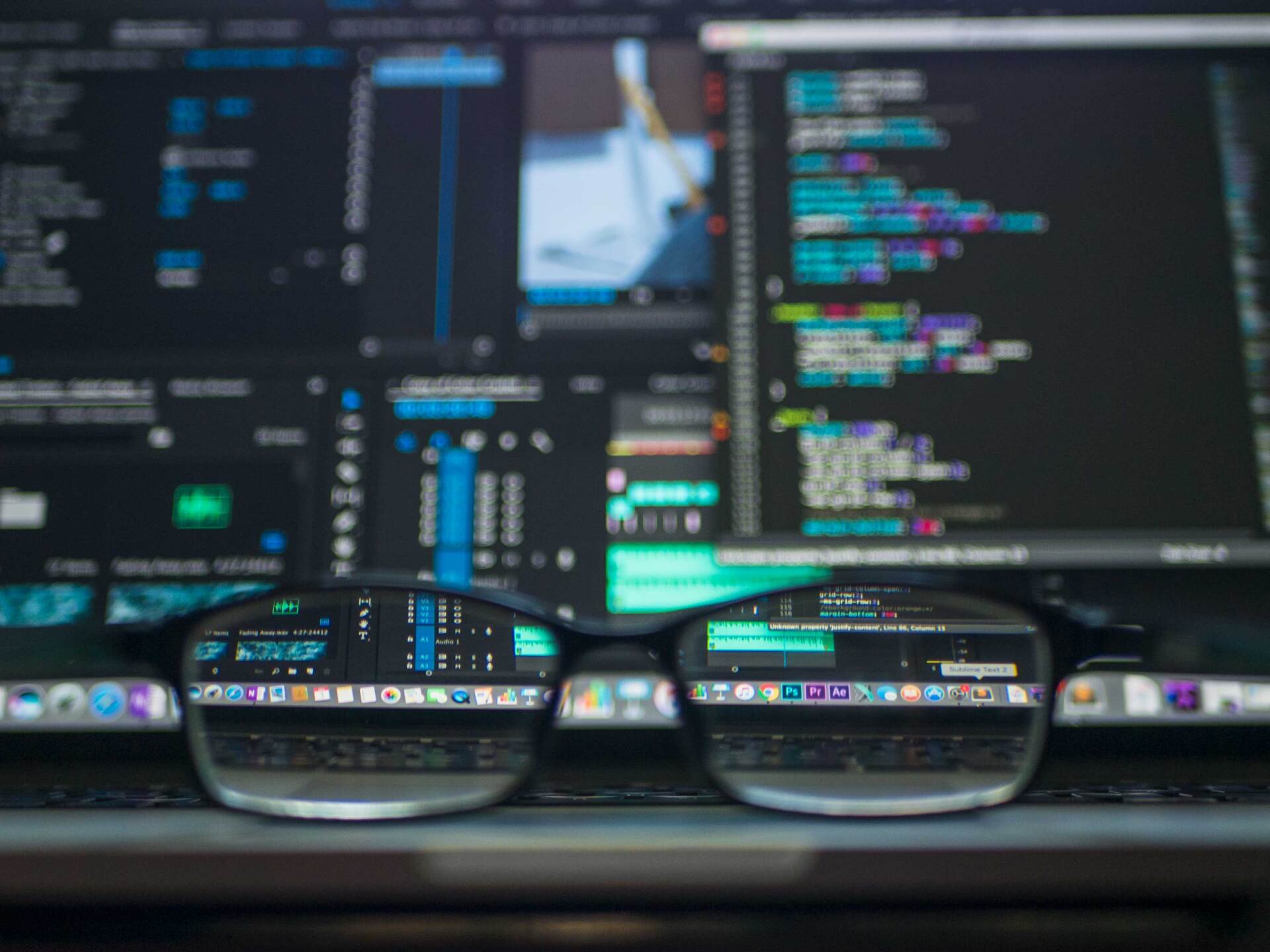
Ensuring Social Media Safety
Fortifying Your Online Life Against Hackers
Your online persona is as integral to your identity as your physical presence. As we increasingly engage with social media platforms, we expose ourselves to the potential threat of cyber-attacks. Hacking incidents have surged over the past few years, prompting individuals and businesses alike to bolster their digital security. But how can you make sure your social media profiles are impervious to these digital predators?
Tighten your privacy settings
Social media platforms are continually improving their security features, offering users a wide array of options to manage their privacy. Explore these options in your account settings and limit your profile visibility to only those you trust.
The defaults are often less secure than you'd like, with data being shared with advertisers and potential vulnerabilities open to hackers. Take the time to understand each setting, particularly around who can view your posts, personal information, and friend lists.
Strong, unique passwords
Maintaining a robust and unique password for each of your social media accounts is the first line of defense against hackers. Using a combination of uppercase and lowercase letters, numbers, and symbols can help create a strong password.
Avoid using personal information like birthdays, names, or common phrases. These can be easily guessed or obtained. Consider using a password manager, such as LastPass or 1Password, which can generate and store complex passwords for each of your accounts.
Two-factor authentication (2FA)
Implementing two-factor authentication (2FA) adds an extra layer of security to your accounts. In addition to your password, 2FA requires a second verification step—usually a code sent to your mobile device or email.
Most social media platforms offer 2FA options in their settings. While it may feel like a hassle to enter two forms of identification every time you log in, the added security is worth the minor inconvenience.
Be wary of phishing attempts
Phishing is a common tactic hackers use to steal your login credentials by posing as a trusted entity. They might send an email or message claiming there's a problem with your account that requires immediate attention, baiting you to click on a fraudulent link.
Always be skeptical of such messages, especially if they ask for your password or personal information. Double-check the sender's identity, and when in doubt, reach out to the platform directly through their official website or customer support.
Monitor linked apps and sessions
Many social media users link various apps to their accounts for convenience. However, each linked app is a potential entry point for hackers. Regularly review your linked apps and remove any that you no longer use or don't recognize.
Similarly, most platforms allow you to see all the devices and locations where your account is logged in. Regularly review these sessions, and log out from unfamiliar ones immediately.
In the digital age, the safety of your online presence is paramount. Taking these steps can provide a sturdy defense against potential hackers, allowing you to continue enjoying social media without worrying about the threat of cyber-attacks. Remember, the key to cybersecurity is ongoing vigilance—regularly update your security practices to keep up with the ever-evolving landscape of digital threats.



